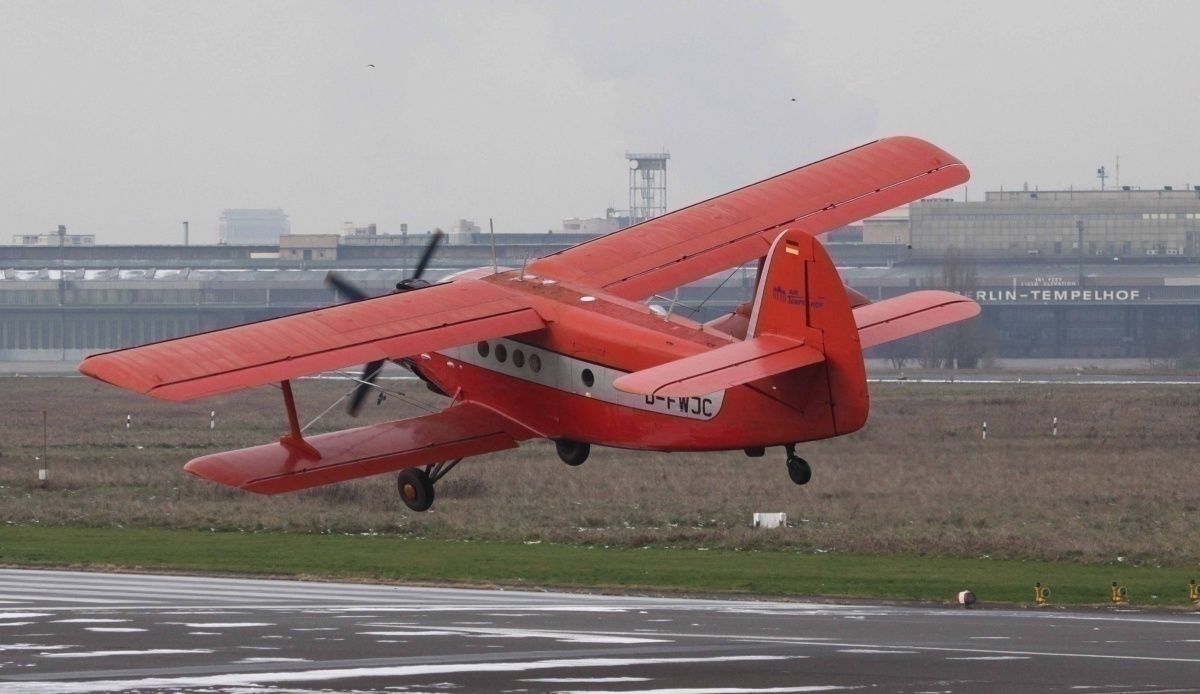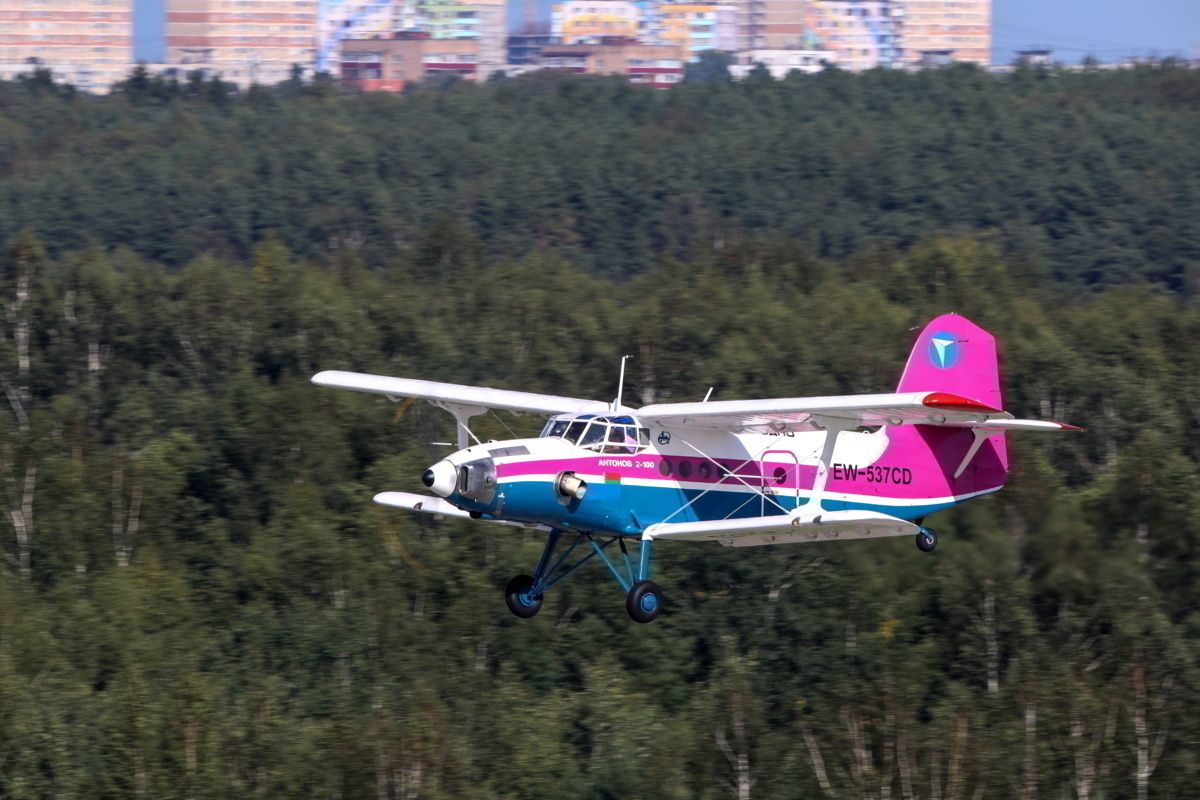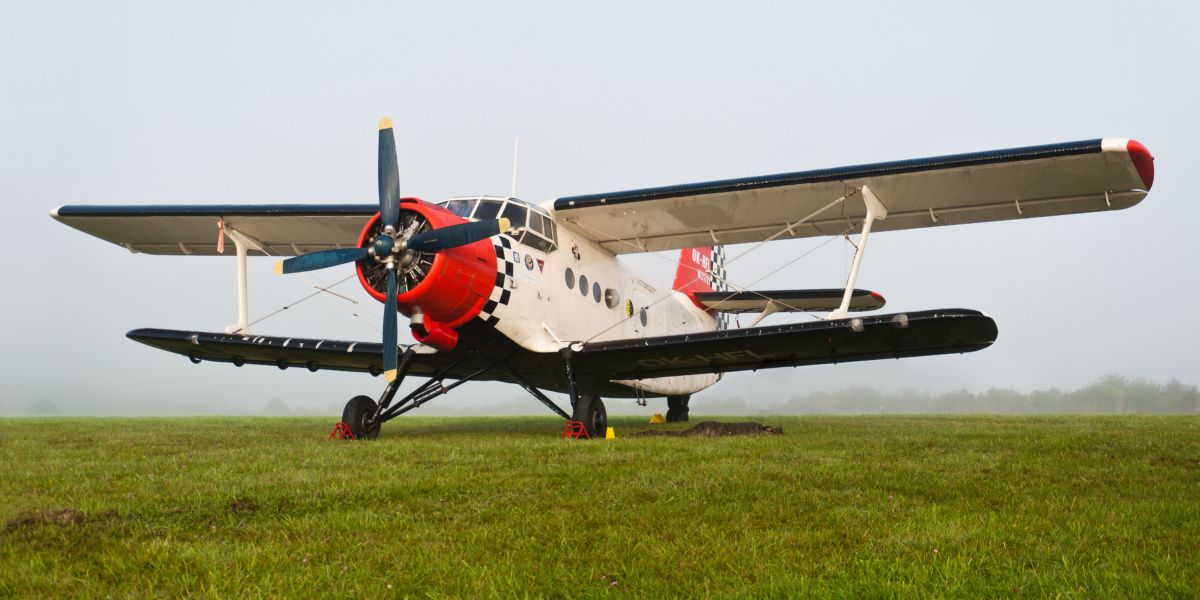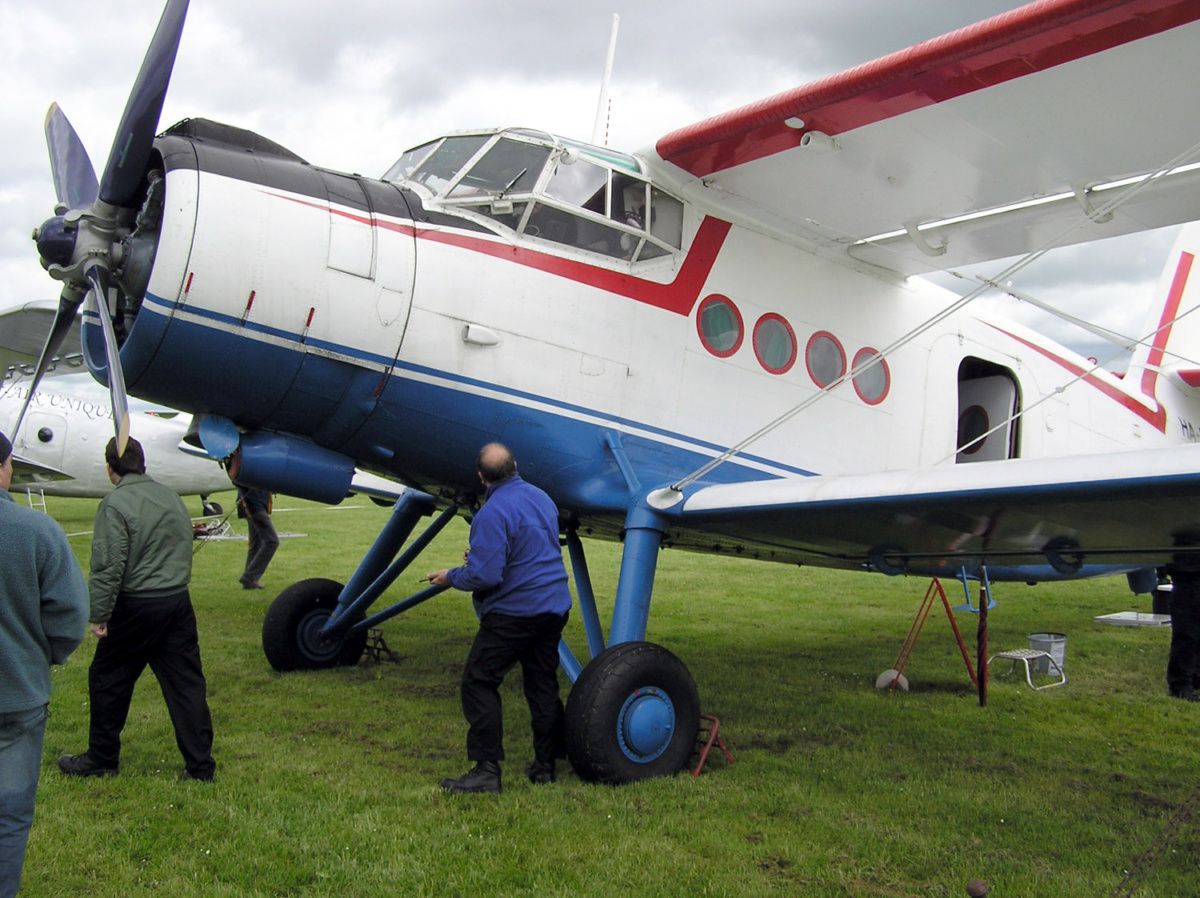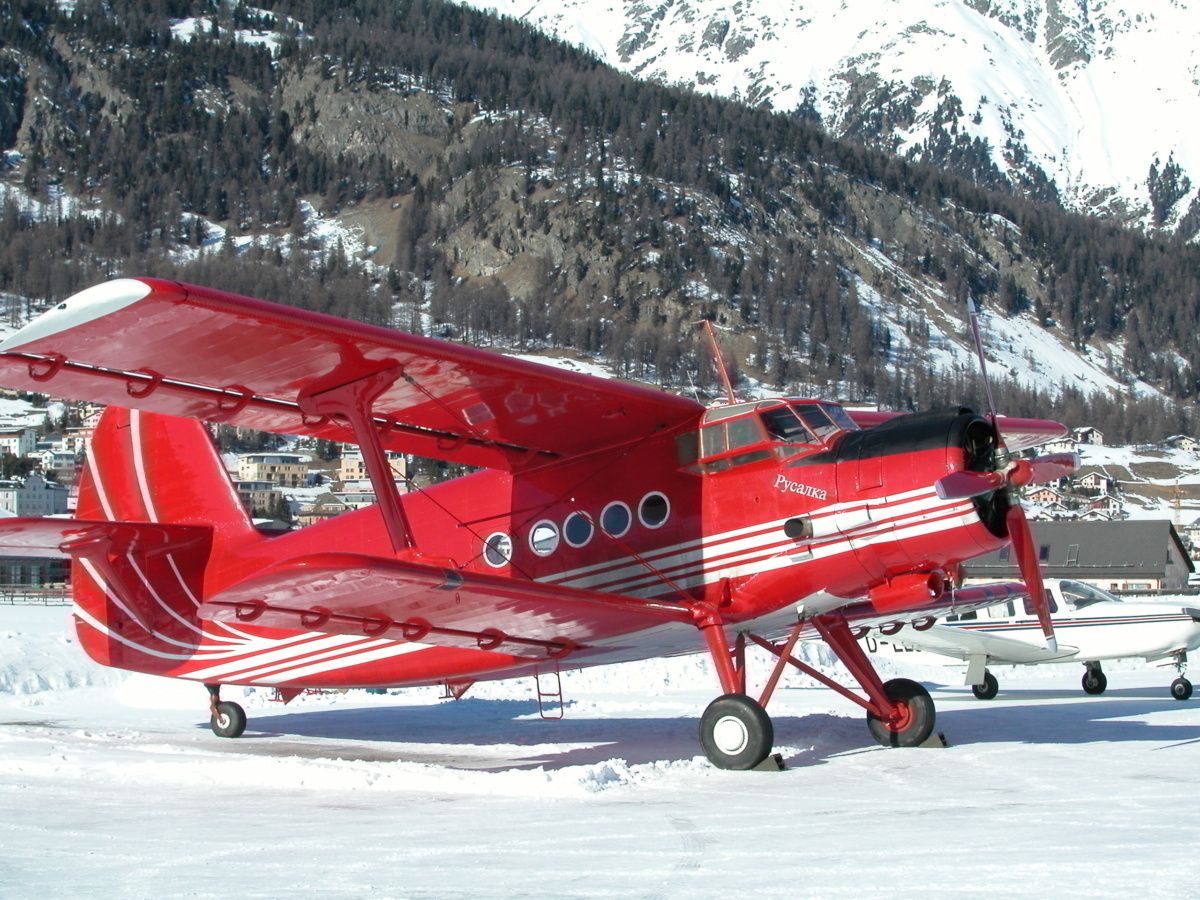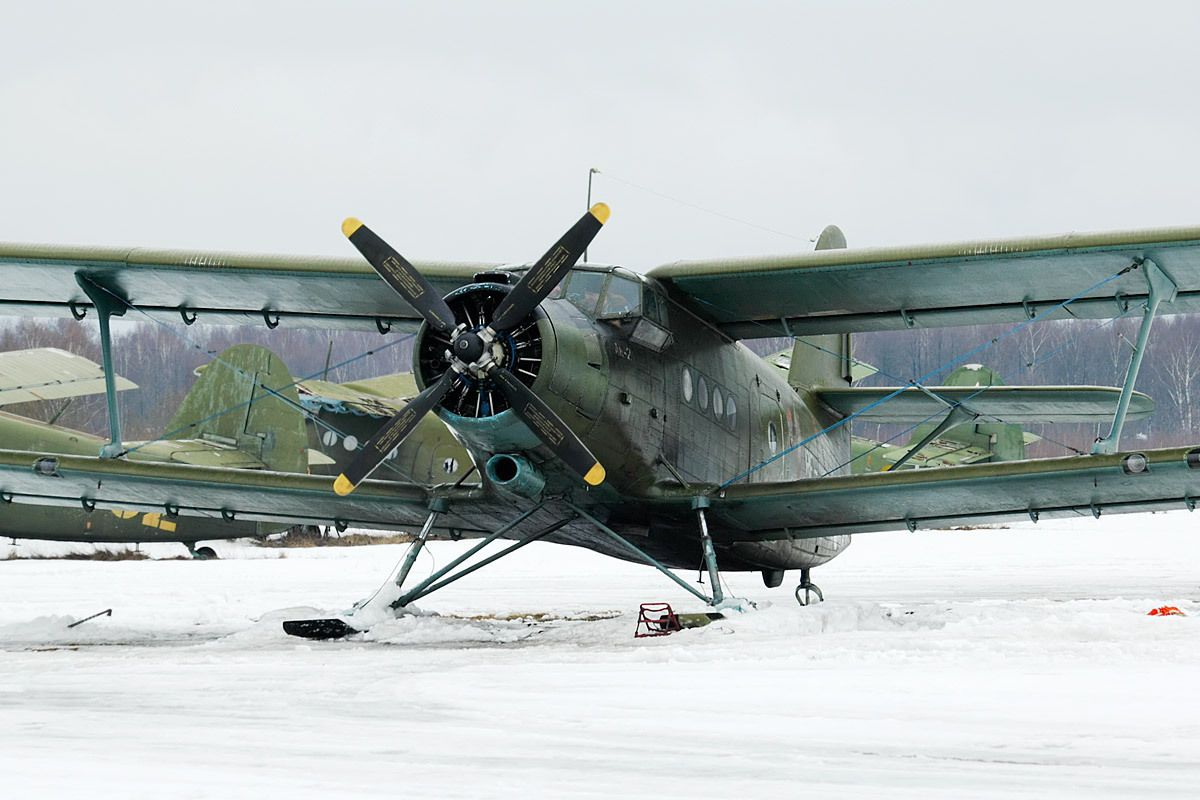When we think of Antonov, the first thing that comes to mind is the massive Antonov An-225 Mriya, but if it were not for the tiny An-2, the company would have never been created. The An-2, also known as Annie, crop duster, or even its NATO name Colt, is a piston-powered single-engine biplane mass-produced in the Soviet Union immediately after the Second World War.
The aircraft's ability to take off and land from poor runways and its incredible lifting power have led to its longevity with civilian and military operators worldwide. The idea to build the An-2 surfaced in the 1930s, and while they already had aircraft with short takeoff and landing (STOL) capabilities, they were too light to be used for heavy transport missions.
The An-2 had to wait until after WW II
The mastermind behind building a universal aircraft was Oleg Antonov, who wanted to create a single-engine biplane. Still, with World War II raging, a small civilian plane was not on the list. However, the idea was not forgotten, and when the war had ended, and the focus was on economic recovery, the concept of manufacturing the plane resurfaced.
Despite the renewed interest, it was hardly a triumphant comeback, with the do-it-all aircraft seeming dated when compared to the jets that were coming. You could imagine the raised eyebrows when Antonov proposed building a plane that had its roots dating back to the earlier part of the century.
The An-2 was severely needed
Not big or fast, and with no new technical innovations, the An-2 had very little to offer, yet it was severely needed as fighters and bombers were not efficient in public economics. The Yakovlev Design Bureau, where Antonov was working, did not want to build the An-2 as it was not its kind of plane. The director of the plant had faith in Antonov and allowed him to work independently on his project.
On May 31, 1946, Moscow gave the order to build a light aircraft forming construction bureau 153. By 1947 they produced a working prototype that was designated SKh-1 and powered by a Shvetsov ASh-21 radial engine. A second more powerful model was equipped with a Shvetsov ASh-62 engine, which increased the plane's payload from 1,300 to 2,140 kg (2,870 to 4,720 lb).
The An-2 was very easy to fly
The aircrafts strong points were becoming evident from the first flight, and while not big or fast, it was effortless to fly. It was also able to carry out maneuvers that would have been dangerous in other planes. In 1948, it was decided to manufacture the aircraft at State Factory 473 in Kyiv, Ukraine, where it was given its official name of An-2.
During the first couple of years, it was necessary to form a working relationship between the design bureau and the manufacturing plant. The designers' solution was to move to Kyiv, where they could more easily liaise with the engineers building the plane.
When the An-2 was ready to go into production in 1950, it got delayed due to the Soviet Union's preoccupation with building military aircraft. Eventually, in 1953 the An-2 went into full production, and in the ten years that followed, the Kyiv aviation plant produced 3,164 aircraft.
Most An-2s were built in Poland
Almost immediately, the plane was a hit leading to it being built at other factories, including under license in China, where it was called the Shijiazhuang Y-5. In 1959, the An-2 started being manufactured at the WSK factory in Mielec, Poland. During the next 32 years, 13,000 planes were built at the Polish factory before production stopped in 1991.
There were also rumors that the An-2 was being manufactured in East Germany, but these were false. The planes were often sent to East Germany for refurbishment, but none were ever built there.
The An-2 can carry 12 passengers
While always placed in the small plane category, when you see the An-2 for real, it appears to be quite large. The An-2 is capable of carrying 12 passengers or 1.5 tons of cargo. During the initial design, the Antonov Design Bureau was aware that they needed to create a plane that could easily be maintained. They also knew that it had to be capable of operating out of remote airfields.
The An-2 is a thoroughly classic biplane with a metal fuselage and structural elements with most of its surfaces covered in fabric. The reason to cover surfaces in fabric was to make technical inspections and repairs easy. Given the harsh conditions where the plane would fly, keeping it simple was the key. All the elements and systems on the An-2 are as accessible as possible. Many can be found behind service hatches that can be opened with a screwdriver.
The An-2 is the AK-47s of planes
Simplified to the limit, the fewer mechanisms there are, the fewer things there are that can break. Should something go wrong, the repairs are easy and can be done without any special equipment or skills.
In a resent YouTube video by Skyships Eng they referred to the An-2 in the world of planes as being the equivalent of the Kalashnikov AK-47, a solid piece of equipment that never lets you down.
The reason Antonov opted for a two wing configuration was to give the An-2 its STOL capability. Using two wings allowed the aircraft to take off and land on short runways and also the ability to fly at lower speeds. The An-2 operates with two huge sturdy wheels fitted to massive shock struts on the landing gear and a turning tail wheel in the back.
The An-2 can refuel itself
Loved and also hated at the same time, the An-2s power source is a nine-cylinder, air-cooled, radial aircraft engine called the Shvetsov ASh-62. As simple as the plane itself, the engine produces 1,000 horsepower and is easy to repair and maintain. Based on the premise that it would be operating in remote or inhospitable locations, the An-2 can refuel itself. Thanks to its onboard fuel pump, all you need is a barrel of fuel and a hose.
The An-2 has been an enormous success story and, for a time, held the Guinness World Record for being the most extended plane in production. This was before being ousted by the Lockheed C-130 Hercules military transport. The An-2 has undoubtedly had a good run, and you can still find them flying supplies to remote parts of the world as well as in private collections.
Have you ever flown in an An-2? If so, we would love to hear what you thought about it in the comments.
Tip of the hat to Skyships Eng

